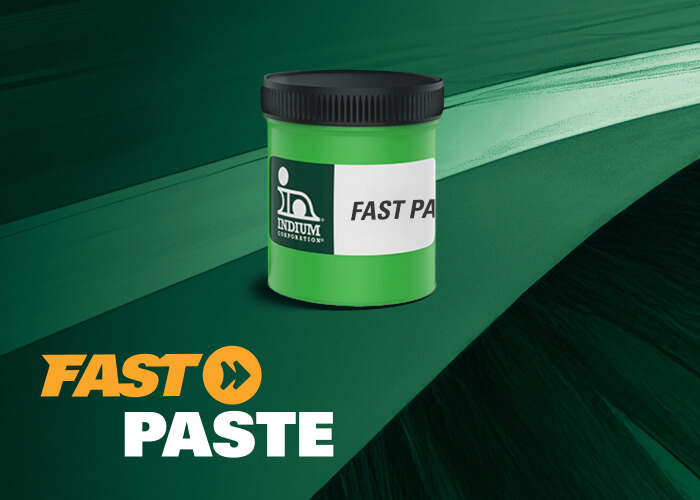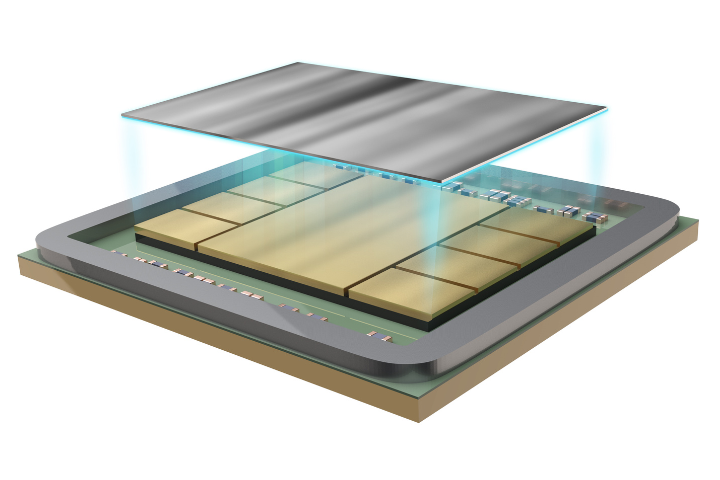It's about time! Recently the IPC has proposed the following subcommittees for solar standardization:
- Acceptability Guidelines for Solar Panel Lamination
- Specification for Materials Used in Tabbing and Stringing
- Acceptability Criteria for Tabbing and Stringing
- In-Process Test Methods for Solar Panels
- Visual Acceptance Criteria for Solar Panels – Final Assembly
- Guidelines for Final Test with an Emphasis on Flash Test
- Design Guidelines for Tabbing and Stringing
These future standards are a very important step in the development of our industry because they bring together an otherwise secretive (intellectual property) and divided industry (diverse technologies).



